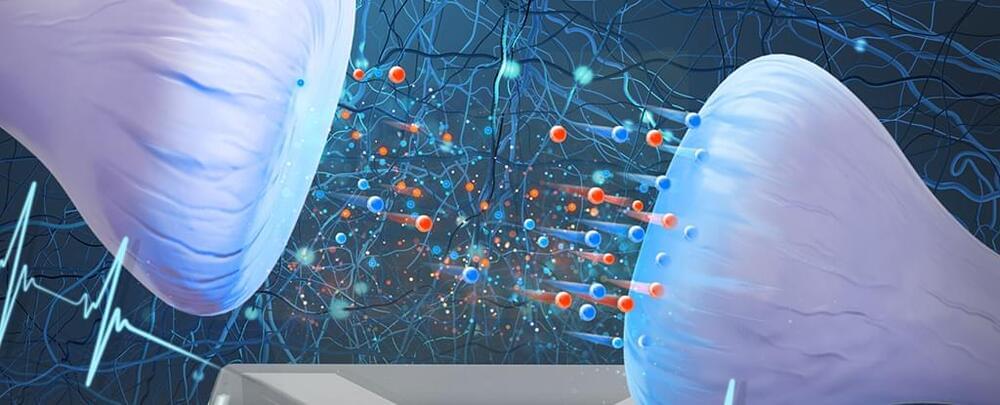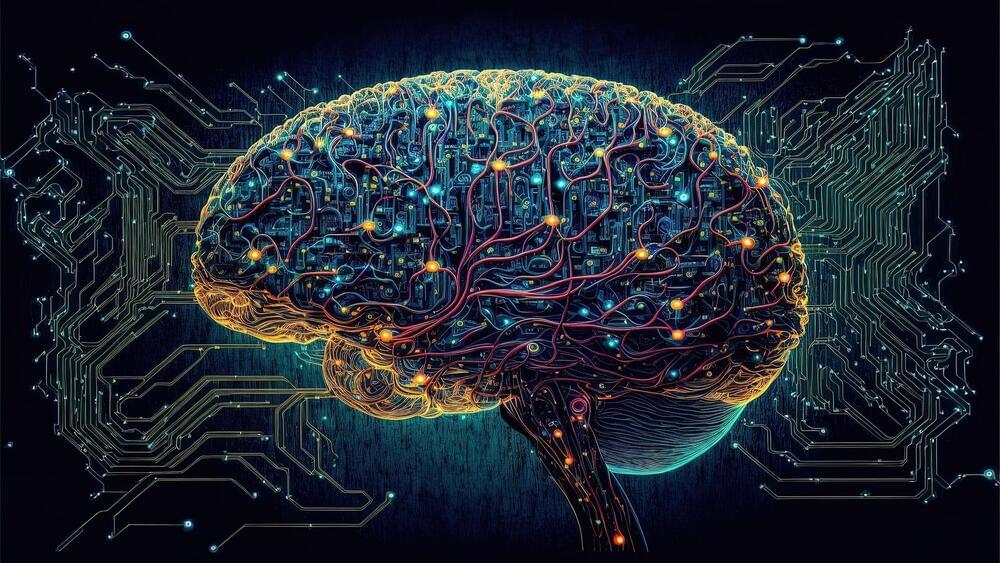May 2, 2024
Andy Clark — Can Consciousness be Non-Biological?
Posted by Dan Breeden in categories: biological, neuroscience
Listen to new episodes of the Closer To Truth on the go wherever you get your podcasts: https://shorturl.at/hwGP3
If consciousness is 100% physical, we would have to conclude that the same kind of consciousness that we experience as humans can be generated by non-biological entities (eventually). Conversely, if non-biological consciousness would somehow, someday, prove impossible, then consciousness would have to embed some nonphysical aspect. But how would we ever know?
Continue reading “Andy Clark — Can Consciousness be Non-Biological?” »


















